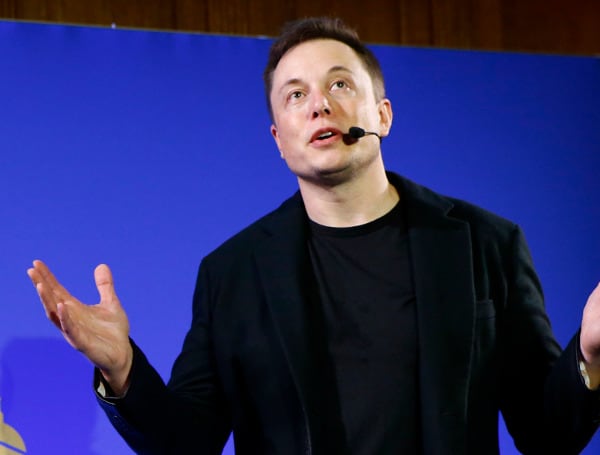Ford has cut the price of its flagship Mustang Mach-E electric vehicles in a bid to stay competitive with Elon Musk’s Tesla, after the latter slashed prices on a variety of models a few weeks before, CNBC reported Monday.
Depending on the specific model of Mach-E, price cuts ranged from roughly $600 to $5,900, with the price range for Mach-E models falling from roughly $47,000 to $70,000 to roughly $46,000 to $64,000, according to CNBC.
Musk, CEO of Tesla, argued last week that price cuts would boost demand for Tesla products, even as the rest of the industry shrank, although investors were split as to whether the move was actually made to put pressure on competitors or whether demand for Tesla products had simply declined, The Wall Street Journal reported.
“We are responding to change in the marketplace,” said Marin Gjaja, chief customer officer for Ford’s electric vehicle business, according to CNBC. “As we look and want to stay competitive in the marketplace, we’re having to respond.”
In the news: Automotive Industry Leaders Enterprise And Ford Partner To Expand Collision Engineering Program
Electric vehicle prices spiked in the first half of last year, up 54.3%, while gas vehicles saw price hikes of just 10.1%, as demand and soaring costs for batteries left automakers struggling with low inventories, according to The Verge. Ford previously raised the price of the Mach-E, and its electric F-150 Lightning, by up to $8,000 in August, citing increasing materials costs, The Verge reported.
The price cuts now mean that some Mach-E models won’t be profitable on a per-unit basis, Gjaja told CNBC. The company hopes to recoup some of its losses by boosting production from 78,000 to 130,000 vehicles annually, and cutting materials costs.
“We want to make money. Don’t get me wrong, we absolutely want to make money,” Gjaja told CNBC. “Believe you me, I know that we need to be trying to get more profitable because we will be publicly accountable for that number.”
Android Users, Click Here To Download The Free Press App And Never Miss A Story. Follow Us On Facebook Here Or Twitter Here.

